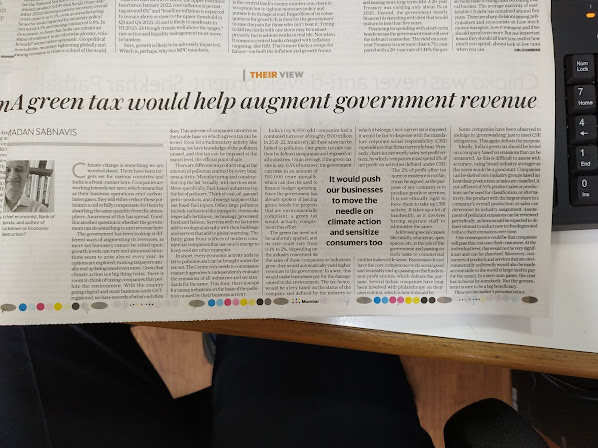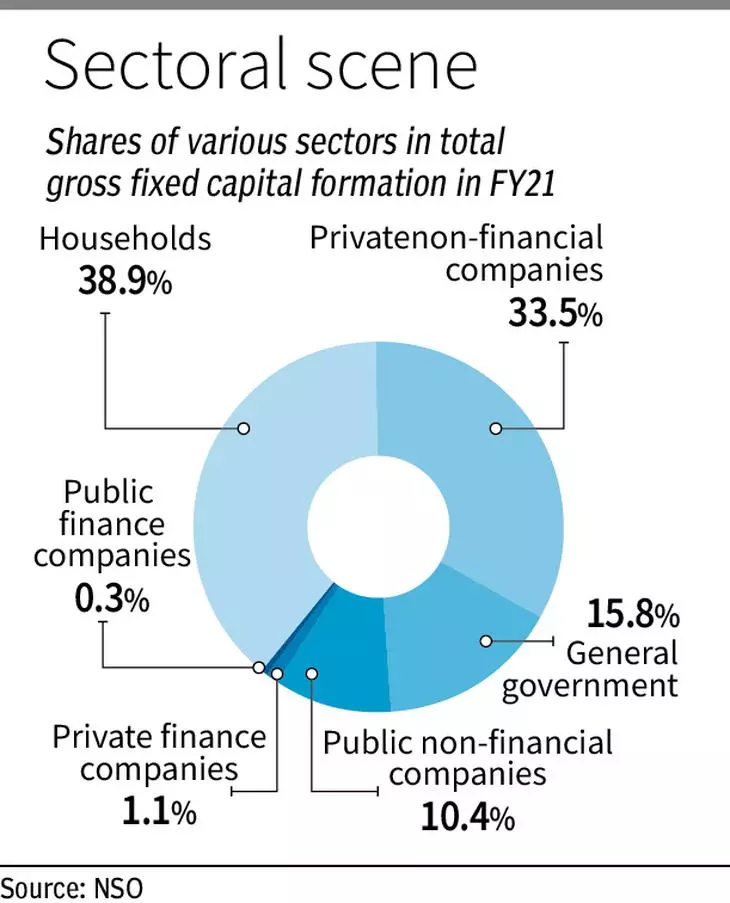Banks have been the fulcrum of the India growth story as they are the main channel for funding owing to the limited presence of alternative channels. As demand for credit from industry has been fairly tepid this year, the focus has changed to the retail segment where the appetite has revived notwithstanding rising interest rates. This change in focus is significant as the quantum of risk involved comes down significantly.
During the year, banks witnessed several changes which will set the tone also for 2023. First, the sector looks healthier than ever, with the pandemic induced slowdown giving time for banks to clean up their balance sheets and almost all PSBs are back to normal. Second, PSBs look better capitalized than before and hence when the FM draws up the budget, there will be less pressure on making provisions for capital. Third, two significant initiatives were taken up by banks and implemented that were part of the Budget. This was in the area of setting up digital banking units and the introduction of CBDC.
The former is a big step as this could be the way forward where brick-and-mortar structures will be complemented by the digital route to achieve financial inclusion. Along with this is the digital currency introduced by the RBI in both the wholesale and retail segments where banks have played a lead role.
The major challenge for banks was asset-liability management, which will persist in 2023, too. Ever since the RBI changed its approach from doing everything to preserve growth to fighting inflation, liquidity has been the challenge.
The stance of “withdrawal of liquidity" has had far-reaching consequences. As liquidity has dried up with credit growth outpacing deposits, banks have had to continuously fine tune the interest rates on both sides to ensure that mismatches were reduced. This has meant seeking recourse to bulk deposits and certificates of deposits at times. Given that this situation will persist in the first half of 2023, too, before RBI changes its stance and lowers rates, banks will have to be alert all the time.
2023 will probably be a little more predictable from policy standpoint with the RBI pausing post February (when it will still be confronting inflation of above 6%), and then changing the stance while keeping the repo rate unchanged, and probably lowering it by the end of the year. A positive fallout for banks is that a rising interest rate scenario means higher net interest margins, which is good for the bottomline, though treasury gains would be minimal or could also be negative.
However, what would be of interest is how structures and institutions evolve. First, the focus will be on the landscape of banking with a distinct focus on technology. The advances made in digital payments has been phenomenal and we would need to work on this mode for exponential growth in the banking business. In terms of structures, banks would tend to look at expanding business—both through the collaborative mode of leveraging the strengths of fintechs as well as independently working on furthering business in the digital space.
The second area of interest would be how NABFID evolves. The new financial institution for infrastructure would crystallize and hopefully be operative in 2023. Being headed by a pioneer in banking, who had actually sought to free the system by merging DFIs with commercial banks to form universal banks, is now going to show the way for the new FI. The market conditions have not changed much as the corporate debt market is still a restricted space for AA and AAA-rated companies. Therefore, something exciting can be seen in this space and banks will be watching this development closely as it affects the infra lending portfolio.





